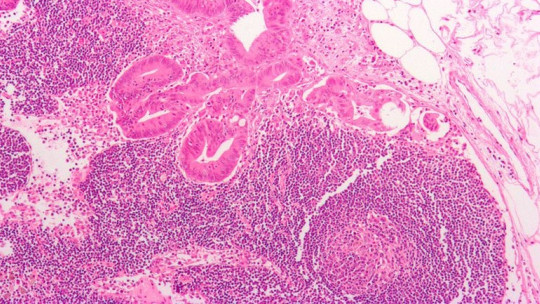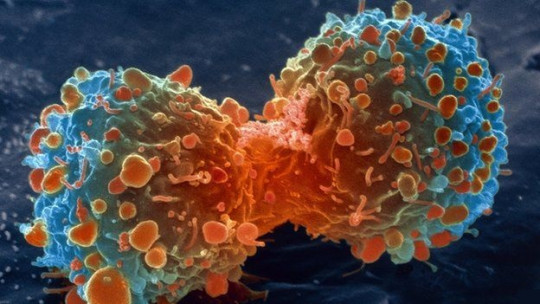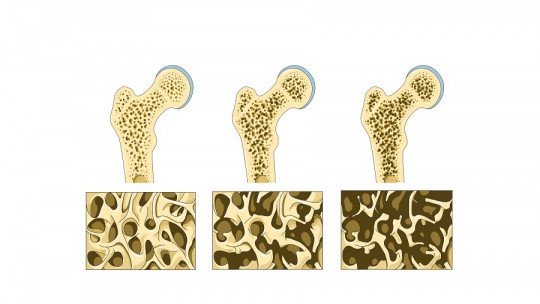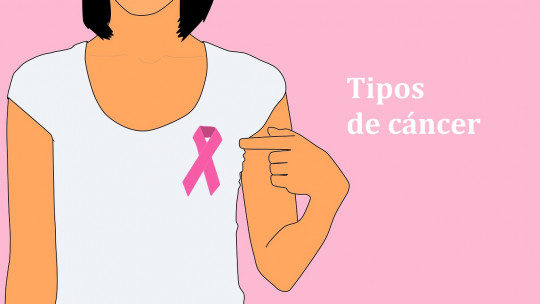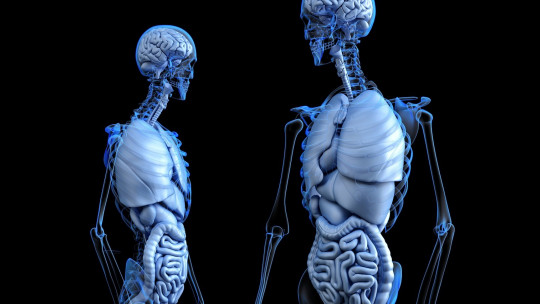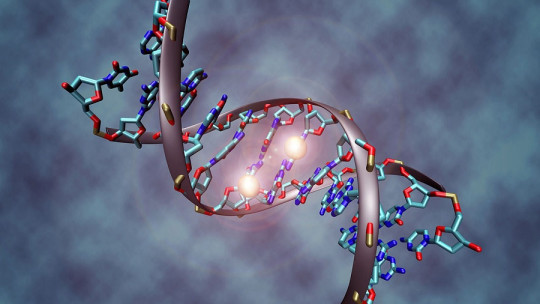
“Cancer” is the name given to a series of related diseases in which an uncontrolled process is observed in the division of cells in some part of the body.
Of course, this clinical definition does not do justice to the pain and suffering that these pathologies generate in modern society.
Cancer goes far beyond a terminological conglomerate, since we all know someone who has suffered from it, and certainly, we present a non-negligible risk of facing it at some point in our lives. Unfortunately, we are facing one of the main causes of death in the world, since respiratory tract cancers occupy the eighth place in terms of global deaths, while cancer in general leads the second place in low-income countries. high, just behind cardiovascular diseases.
As dark and unpleasant as this topic may be, facing the enemy and knowing him is the first step to being able to put an end to him. Therefore, on this occasion we explore the risk of developing cancer due to genetic inheritance, among other issues related to this group of diseases that are so difficult to address. Go for it.
Risk of developing cancer due to genetic inheritance: a family issue?
Understanding the magnitude of cancer in society is difficult if we don’t expose ourselves to certain facts and figures. The National Cancer Institute (NIH) gives us the following information:
Things get worse if we see these figures as cumulative and not isolated. Yes, almost 500 cases of cancer are diagnosed per 100,000 people every year, it doesn’t seem like a lot. The key is that the probabilities are annual that is, cumulative throughout the life of the individual.
Thus, it is estimated that an American man has an 11% chance of developing colon cancer throughout his life (absolute risk), without taking into account the probabilities of the rest of the variants. The scariest figure of all is this: almost 40% of the human population will be diagnosed with cancer at some point in their lives.
These data must be contextualized, since it is certainly not the same to detect a neoplasia in a 90-year-old as a malignant tumor in a 30-year-old. Numerical figures must be dissected according to age groups, risk factors and other considerations Furthermore, in 2016 there were more than 15 million cancer survivors in the United States, so this diagnosis is increasingly less directly correlated with death. In short: no need to panic.
Despite this call for calm and necessary appreciation for the fight against hypochondrism, we cannot deny that these data show that cancer is here to stay in our society. Thus, exploring factors such as the risk of developing cancer due to genetic inheritance becomes essential We show you what is known so far.
Gene question
First of all, it is necessary Differentiate a hereditary familial cancer syndrome from an environmental issue If several people in a family smoke, it is no surprise to anyone that more than one of the members can develop lung cancer, since up to 90% of deaths from these neoplasms are related to tobacco consumption. The same happens with obesity, for example, which can promote the appearance of these types of cancer.
If a family is in an area full of pollutants, works together in an unhealthy environment, has poor general habits and many other factors, it is natural to think that its members will have a greater chance of developing cancer. This does not necessarily correspond to a genetic predisposition, but rather environmental or behavioral.
Once this issue is clarified, it is necessary to clarify that hereditary cancer syndromes do exist. It is estimated that 5-10% of carcinogenic processes are associated with heritable genetic factors since researchers have associated mutations in more than 50 specific genes that predispose carriers to suffer from this group of diseases.
Once the term “mutation” has been introduced, it is essential that we frame it within the etiology of cancer. As we have already said before, the malignant tumor process is due to a cellular mutation, by which these cells divide abnormally quickly and do not meet the typical cell death and proliferation times. This gives rise to the dreaded tumor, an abnormal mass of tissue that does not respond to any biological functionality. Thus, the genetic mutations that promote this situation can be inherited or acquired:
Mutations of a hereditary nature are present in the egg or sperm that forms the child Since all the cells of the fetus come from a single original, we can affirm that this type of mutation is found in every cell of the individual (including eggs and sperm), so it can be transmitted to subsequent generations.
On the other hand we have somatic or acquired mutations, which do not come from one of the parents but occur throughout the life of the individual. In this case, the mutation originates in a cell of a specific tissue, and the entire descendant cell line will present it, but body cells that are already formed or that divide independently of the cancer cell will not have it. Most cancers are caused by these types of mutations.
A specific case: breast cancer
In the case of the risk of developing cancer due to genetic inheritance, we can say that many familial cancer syndromes are caused by inherited mutations in tumor suppressor genes. These genes are of essential importance, since They control cell growth, correct replication errors, and indicate when cells should die
We may be reductionists, but we are going to explain this conglomerate in the friendliest way possible: we have two copies of each gene (one from the father and one from the mother), so inheriting an abnormal gene should not always be a problem. and when the other is functional.
Things get complicated when the second copy of the inherited gene stops working (due to an acquired mutation, perhaps, or because the other parent also has the defective gene), since in this case, Since both copies are “wrong”, the tumor suppressor gene can lose its functionality Naturally, this translates into a higher chance of getting cancer.
A case that exemplifies this event is breast cancer, since it has been conclusively demonstrated that 5% of cases are related to autosomal dominant inheritance genes. For example, mutations in certain genes such as BRCA1 and BRCA2 are clearly correlated with cancerous processes in the breasts and ovaries. Since these genes are involved in the process of tumor suppression and genetic repair, it is not surprising that their inactivation or defective regulation increases the chances of suffering from certain types of malignant tumors.
Summary
Is there a risk of developing cancer due to genetic inheritance? Yes, because as we have said, 5 to 10% of cancers are related to hereditary factors. Should I worry about having cancer if a close family member has had it? Unless the doctor tells you to perform tests associated with genetics, no.
You only need to see these data to rule out any trace of hypochondrism: 5% of cancers occur due to genetic predisposition, 10% due to working conditions, and the remaining 80-90% due to lifestyle habits. Although it is a statement that requires multiple meanings, we prefer that this be the general message.
In most cases, cancer does not appear magically, because Factors such as smoking, alcoholism or obesity have a clear correlation with this group of diseases Therefore, our lifestyle is the key to survival, beyond any genetic conditioning.

